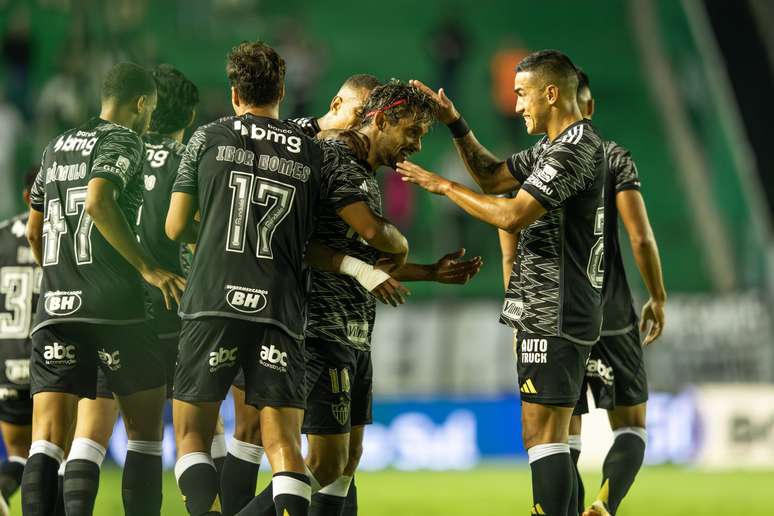Know the health benefits of vitamin D and understand what happens in the body when it is too low
html[data-range=”xlarge”] figure image img.img-605a583cea2425e77e9f9e4a76d4e15aq1cagz6z { width: 774px; height: 514px; }HTML[data-range=”large”] figure image img.img-605a583cea2425e77e9f9e4a76d4e15aq1cagz6z { width: 548px; height: 364px; }HTML[data-range=”small”] image figure img.img-605a583cea2425e77e9f9e4a76d4e15aq1cagz6z, html[data-range=”medium”] figure image img.img-605a583cea2425e77e9f9e4a76d4e15aq1cagz6z { width: 564px; height: 375px; }
Essential for humans, vitamin D is a hormone produced by the body itself. The substance, also present in foods and supplements, is a sign of health: if it is small, it can lower the immune system and cause bone alterations; in excess, it can also impair kidney function. This is also the current concern of doctors who see consumption of the nutrient on the rise.
What is vitamin D used for?
There are several functions of vitamin D, such as improving the immune system and helping to prevent chronic diseases, such as diabetes, hypertension and cardiovascular problems. The main thing, however, is to take care of your health by strengthening your teeth and bones. This is because the nutrient helps with the body’s absorption of calcium and phosphorus, which has a positive impact on bone health.
Vitamin D2
This is one of the ways we ingest the vitamin. Type D2 is produced by plants and fungi when exposed to ultraviolet light and is found in foods such as grains and supplements.
Vitamin D3
This is the form naturally produced by the body when the skin is exposed to sunlight. Type D3 is also present in foods of animal origin, such as fatty fish, egg yolks and milk.
How to take?
Therefore, the sources of vitamin D are different: from natural ones, such as the sun, to those that resort to integration.
Sun
It works like this: When UVB rays hit the skin, there’s a stimulus for the body to produce the vitamin. The amount varies based on factors such as age and health status. The general proportion indicated is at least three times a week, without sunscreen, for about 20 minutes.
What are foods rich in vitamin D?
The list includes fatty fish such as salmon, tuna and sardines, liver, egg yolks, milk and cereals. But it is worth noting that food alone may not be enough for those who do not consume these products regularly. The ideal is to undergo regular medical check-ups to assess whether the nutrient rates are adequate and, if not, how to supplement.
Vitamin D supplements
In these cases it is necessary to be guided by a doctor and/or a nutritionist to indicate the dosage and form of administration of the drug.

recommended amount
As explained, the amount of vitamin D to absorb varies from person to person. The factors taken into consideration are the individual’s age, state of health and sometimes even the region in which they live. In general, the recommendation for healthy adults is to absorb 400 to 1000 IU of vitamin D per day.
What happens when vitamin D is too low?
Given the importance of the hormone, deficiencies can cause a variety of problems, such as:
- muscle weakness
- osteoporosis
- bone pain and cramps
- rickets in children
- drowsiness and tiredness
- hair loss
- low immune response, making the person more susceptible to other problems
- chronic diseases
Source: Terra
Ben Stock is a lifestyle journalist and author at Gossipify. He writes about topics such as health, wellness, travel, food and home decor. He provides practical advice and inspiration to improve well-being, keeps readers up to date with latest lifestyle news and trends, known for his engaging writing style, in-depth analysis and unique perspectives.









